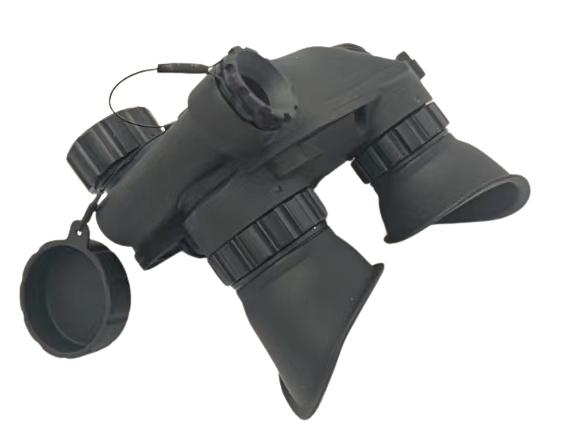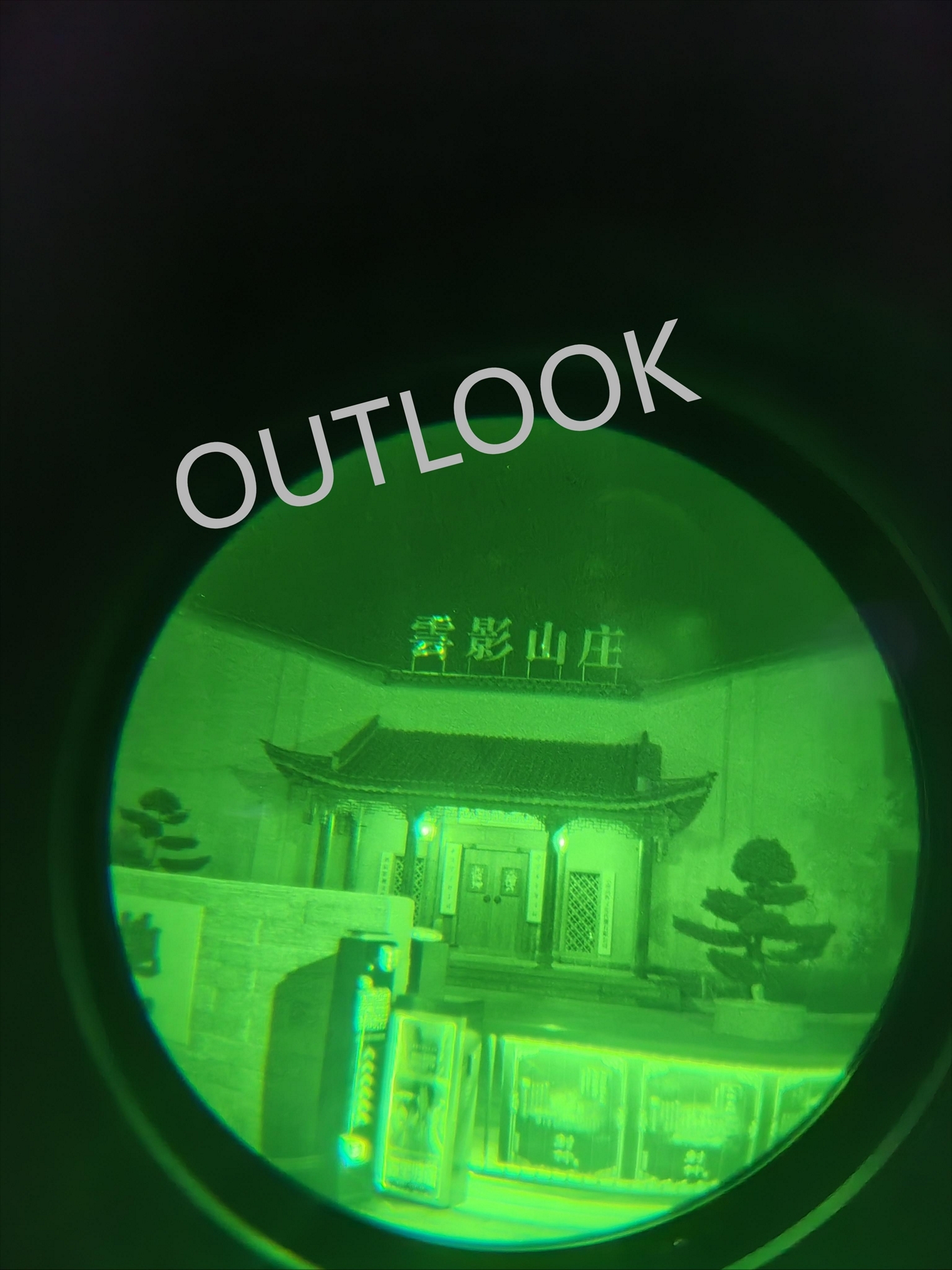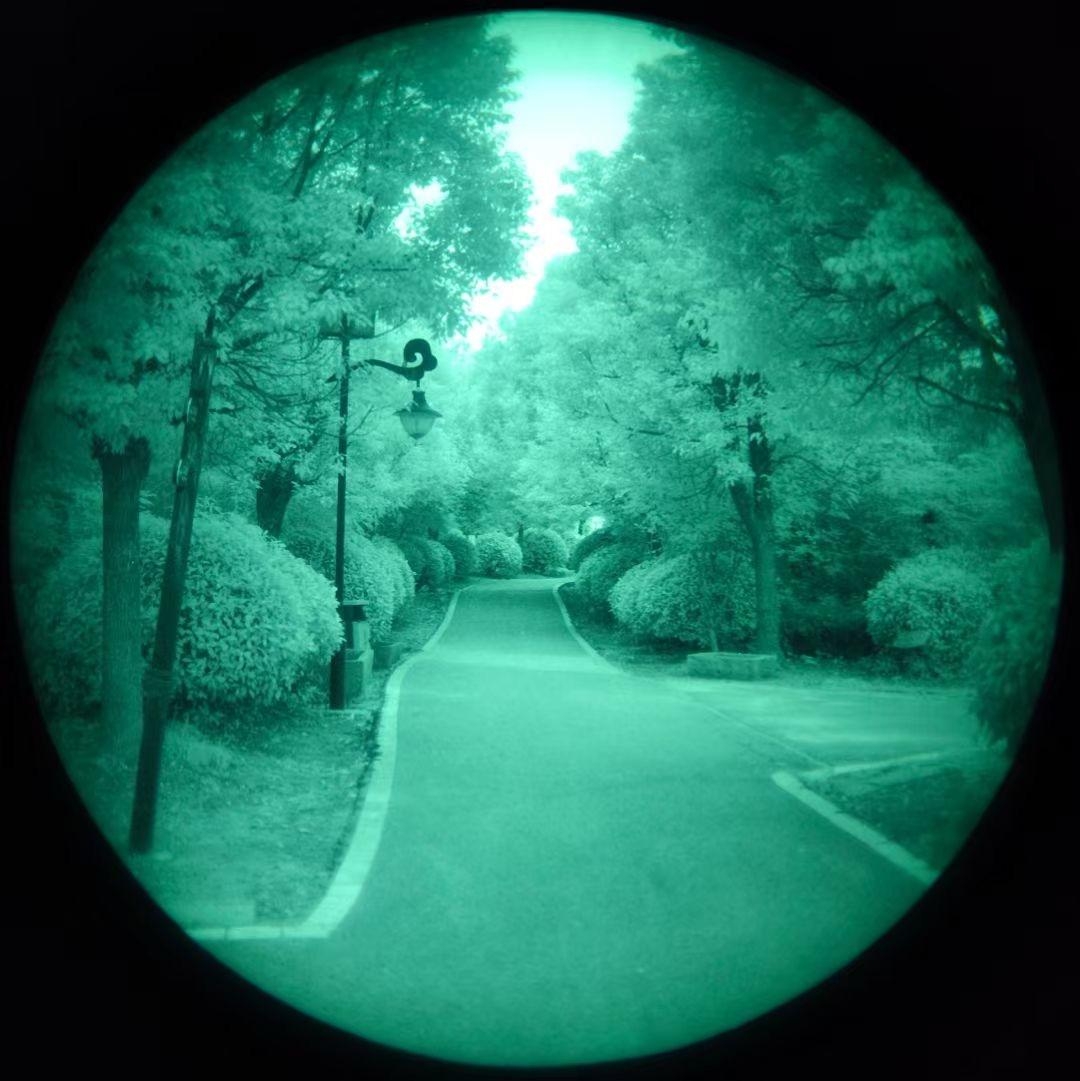Eyes in the Dark: How do low-light night vision devices unveil the veil of darkness?
As night falls, the human world seems to be muted, and the limitations of vision make it difficult for us to move in the dark. However, in the fields of military reconnaissance, night law enforcement, and wildlife observation, darkness cannot block the sight of professionals. This is thanks to a breakthrough technology - low-light night vision devices. This magical device is like giving humans the ability of "cat's eyes", allowing us to glimpse the details hidden in the dark. This article will explore in depth how low-light night vision devices can transform weak ambient light into clearly visible images through the magic of photoelectric conversion, thereby expanding the boundaries of human perception.

The core mission of low-light night vision devices is to solve a basic problem: how to achieve effective observation in an almost lightless environment? Its technical principles can be summarized as three key steps: "collection, amplification, and presentation". First, through a large-aperture objective lens, the device collects weak natural light (moonlight, starlight, etc.) or near-infrared light in the environment; then, these photons are converted into electrons through photoelectric conversion and multiplied geometrically in the microchannel plate (MCP); finally, high-energy electrons bombard the fluorescent screen and are converted back into visible light, forming a green image recognizable by the human eye. The choice of this green tone is not accidental - the human eye is most sensitive to green light with a wavelength of 555 nanometers and can distinguish more gray levels under dark light conditions.

The core components of low-light night vision devices constitute a precise photoelectric amplification chain. The front-end objective lens system uses high-transmittance optical glass, and its focusing ability determines the basic performance of the device; the photocathode is a layer of special photosensitive material (such as gallium arsenide) that can convert incident photons into electrons; closely behind it is the revolutionary microchannel plate, a honeycomb structure covered with millions of tiny channels that can achieve secondary electron emission under high-voltage electric fields, generating a gain of 10^3-10^4 times; the fluorescent screen at the end usually uses zinc cadmium sulfide material to convert electronic signals back into visible light. The modern third-generation low-light-level night vision device also introduced ion blocking film technology, which extended the life of the photocathode from hundreds of hours to tens of thousands of hours, greatly improving the practicality of the device.
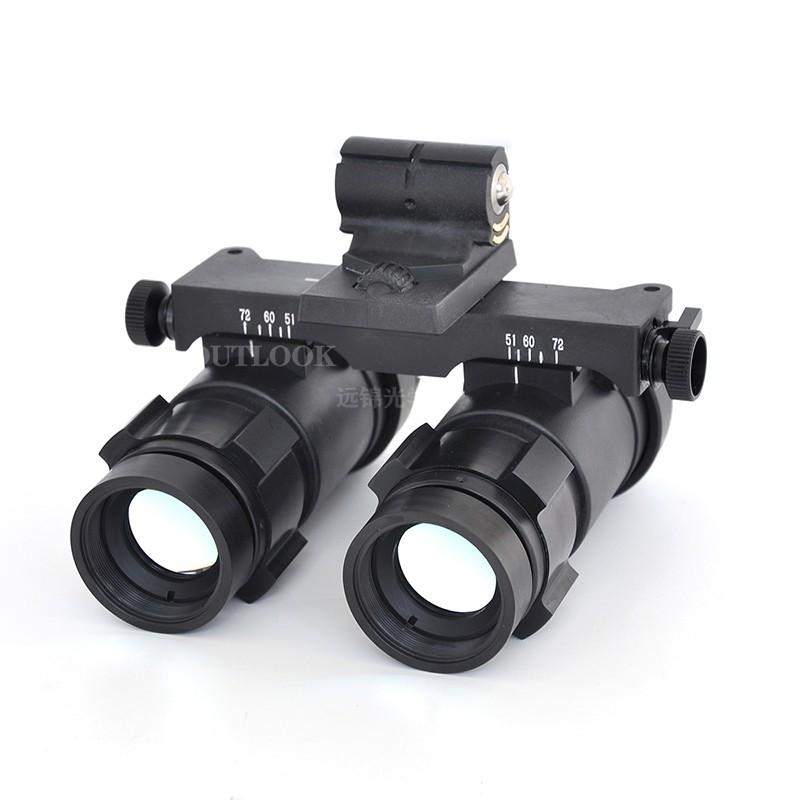
From the perspective of technological development, low-light-level night vision devices have undergone four generations of evolution. The first generation of devices was born in the 1960s. It relied on three-stage series photomultiplier tubes, which were bulky and required auxiliary infrared lighting; the second generation in the 1970s introduced microchannel plate technology to achieve miniaturization of the device; the third generation in the 1980s used gallium arsenide photocathode, which increased the sensitivity by 5-10 times; the latest fourth generation performed better in complex light environments through gated power supply and automatic brightness control. According to the test data of the US Army, the modern third-generation low-light-level night vision device can still provide recognizable human-shaped target images at an illumination of 0.001 lux (equivalent to a moonless starry night), and the recognition distance can reach 150-200 meters.
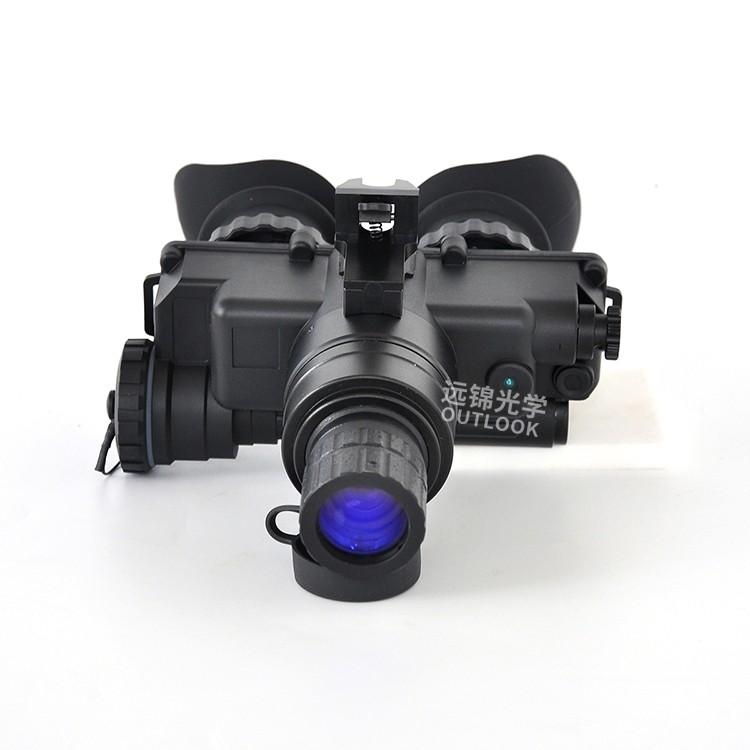
In practical applications, low-light-level night vision devices have shown amazing practical value. In the military field, the U.S. Army's "ENVG-B" binocular night vision device integrates thermal imaging capabilities, allowing soldiers to maintain combat capabilities in complete darkness or smoke environments; handheld observation devices used by law enforcement agencies have helped drug enforcement police successfully crack down on multiple nighttime drug transactions; and conservation workers use it to record the behavior patterns of nocturnal animals without causing interference. It is particularly noteworthy that in a comparative experiment on wildlife research in 2020, the observation group equipped with the third-generation low-light night vision device identified 37% more signs of species activity than the traditional infrared camera group, proving its unique advantage in ecological research.

Looking to the future, low-light night vision technology is moving towards higher sensitivity, wider spectral response and intelligence. The "hyperspectral night vision" project being developed by the U.S. Defense Advanced Research Projects Agency (DARPA) attempts to integrate visible light, near-infrared and short-wave infrared bands; digital night vision technology combined with AI image enhancement algorithms is expected to break through the physical limitations of traditional photoelectric conversion; and the research on quantum dot photocathodes may bring revolutionary sensitivity improvements. As Nobel Prize winner in Physics Charles Townes once pointed out: "Every breakthrough in photoelectric conversion technology redefines the boundaries of human perception of the world." The development history of low-light night vision devices is a vivid portrayal of humans constantly challenging the limits of perception. It is not only a product of technological progress, but also an extension of the human spirit of exploration.
